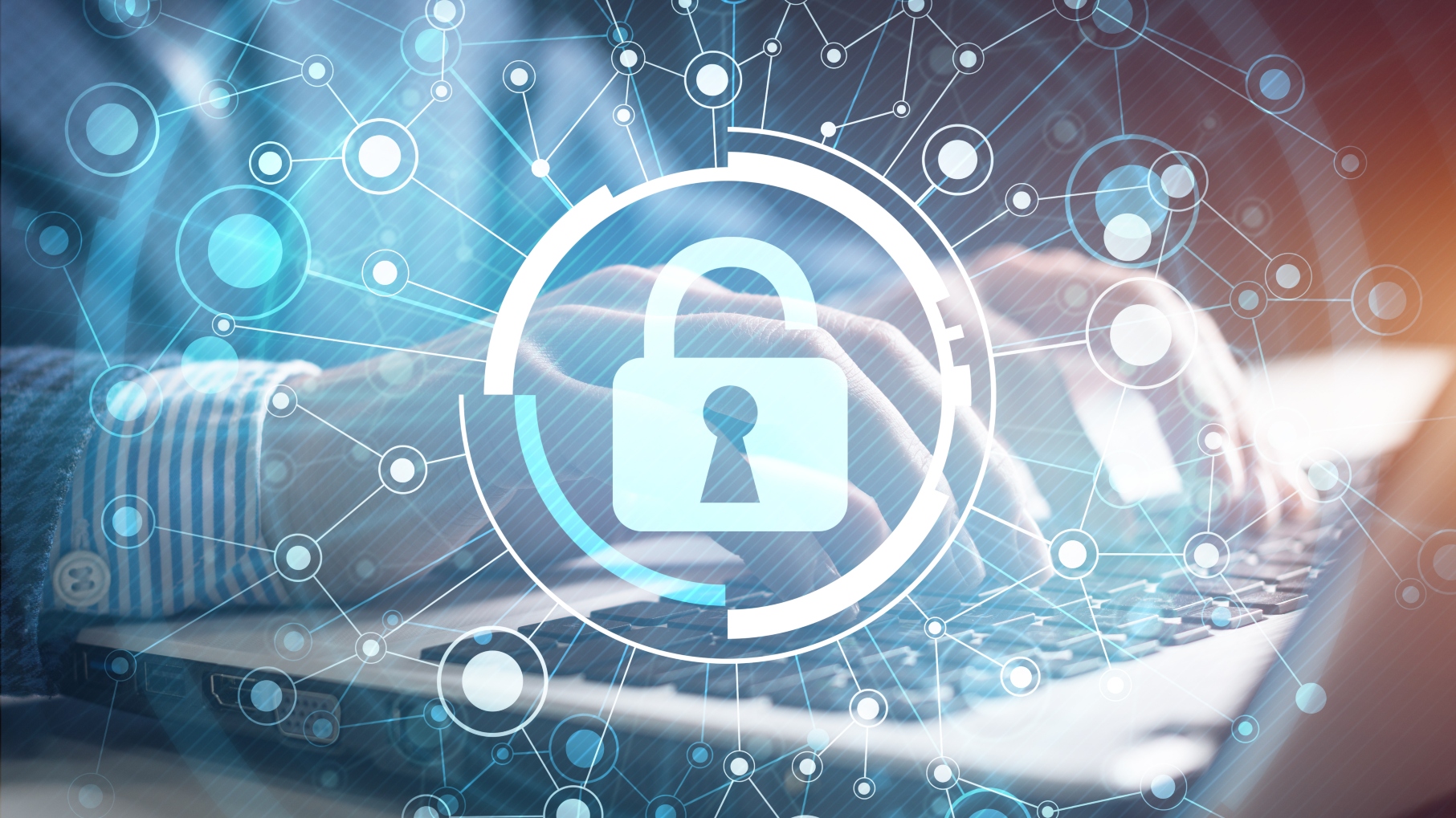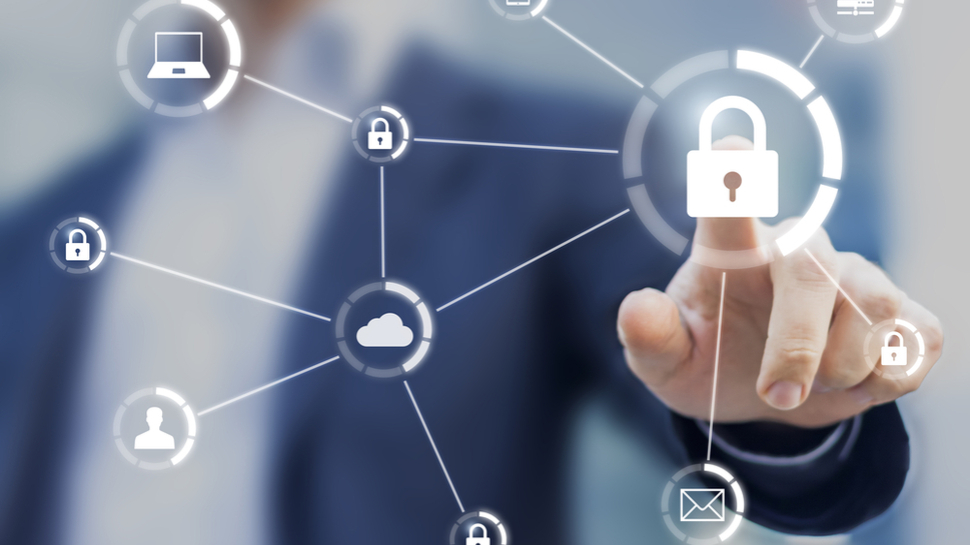Cybersecurity / Security tools
Weekly Cybersecurity / Security tools Insights
Stay ahead with our expertly curated weekly insights on the latest trends, developments, and news in Cybersecurity - Security tools.
Recent Articles
Sort Options:

The security gadget I never leave home without (and it's not an AirTag)
The article emphasizes the importance of online security and highlights a specific tool that has been effectively used for years to safeguard valuable accounts. The authors stress the necessity of robust protection in today’s digital landscape.

Open Source CISA Tool Helps Defenders With Hacker Containment, Eviction
The newly released open-source tool by CISA equips organizations with essential resources for effective hacker containment and eviction during incident response. This innovative solution aims to enhance cybersecurity measures and support defenders in managing security breaches.

Future-proofing enterprise security in a zero trust world
Recent cybersecurity incidents highlight that few organizations are immune to breaches. As digital transformation accelerates, enterprises must adopt proactive security strategies, streamline tools, and embrace integrated platforms like Microsoft Entra ID to enhance resilience against evolving threats.

Don’t be distracted by AI – fundamental cyber skills are still key
The rise of generative AI in cybersecurity highlights the urgent need for robust cyber hygiene. Despite advanced tools, fundamental practices like patch management and effective training remain crucial to prevent breaches and ensure organizational resilience.